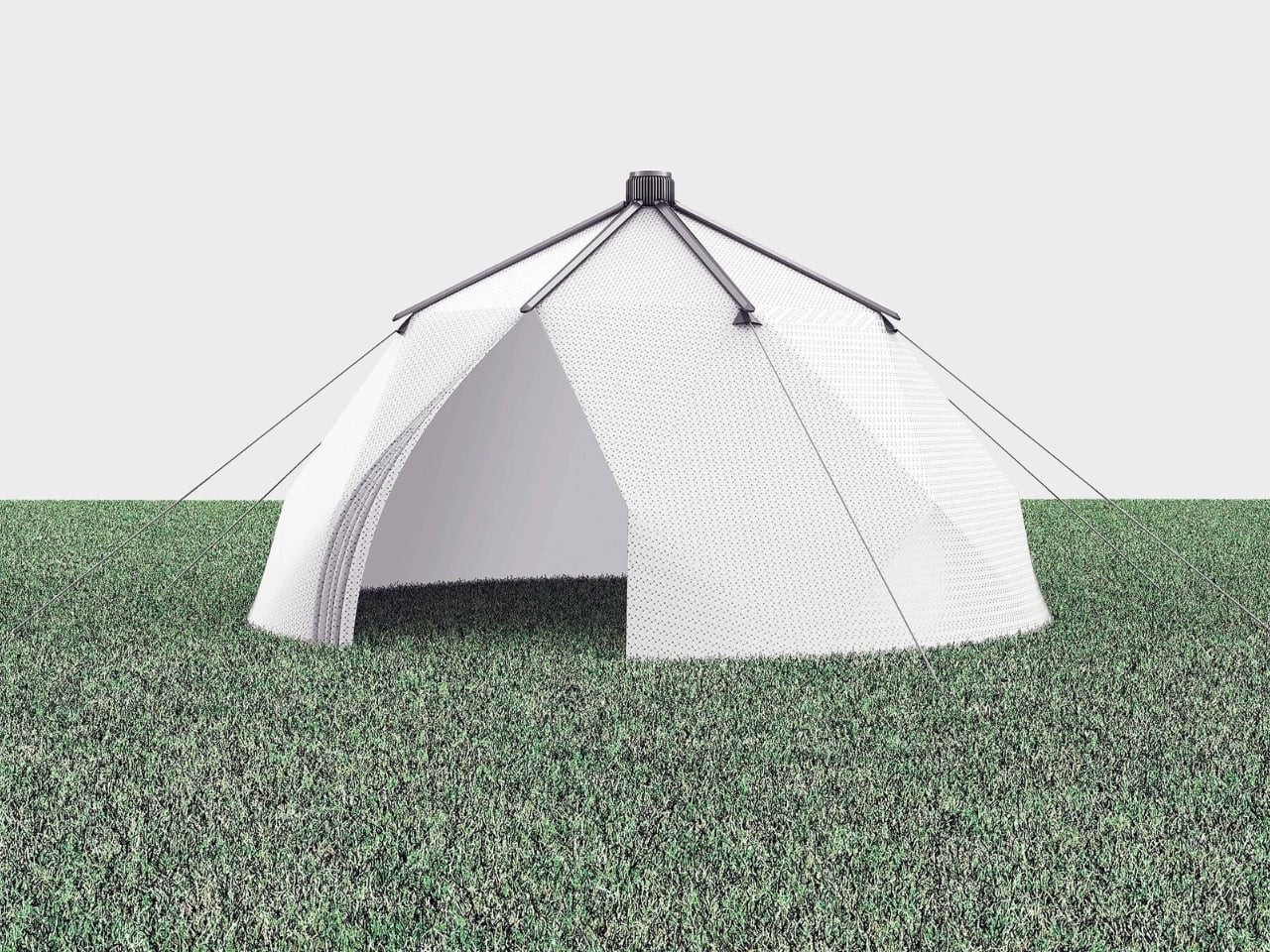Flexjet's substantial $6 billion investment in 300 "windowless" Phantom 3500 jets from Otto Aerospace represents a pivotal moment in private aviation. This innovative aircraft, featuring a teardrop-shaped fuselage and screens replacing traditional windows, aims to enhance fuel efficiency and range while appealing to a younger demographic increasingly interested in private flying. The Phantom 3500's first flight is anticipated in 2027, with deliveries expected by 2030; however, the timeline remains uncertain due to the complexities of developing a clean-sheet aircraft. Flexjet CEO Michael Silvestro emphasizes the commitment to innovation, highlighting the potential for significant advancements in aviation technology despite the inherent risks of new concepts.
The Phantom 3500's design not only promises reduced drag and lower fuel consumption but also aims to redefine the passenger experience through immersive "smart windows." These screens can simulate external views or display personalized content, catering to a tech-savvy clientele. As Flexjet's fractional ownership model gains traction among younger professionals, the Phantom 3500 is positioned to capture a growing market segment. With operating costs projected to decrease by 50% and an impressive range of 3,500 nautical miles, the aircraft could revolutionize long-distance travel, connecting major cities with unprecedented efficiency. Otto's prior success with laminar-flow technology further bolsters confidence in the Phantom 3500's potential impact on the industry.








